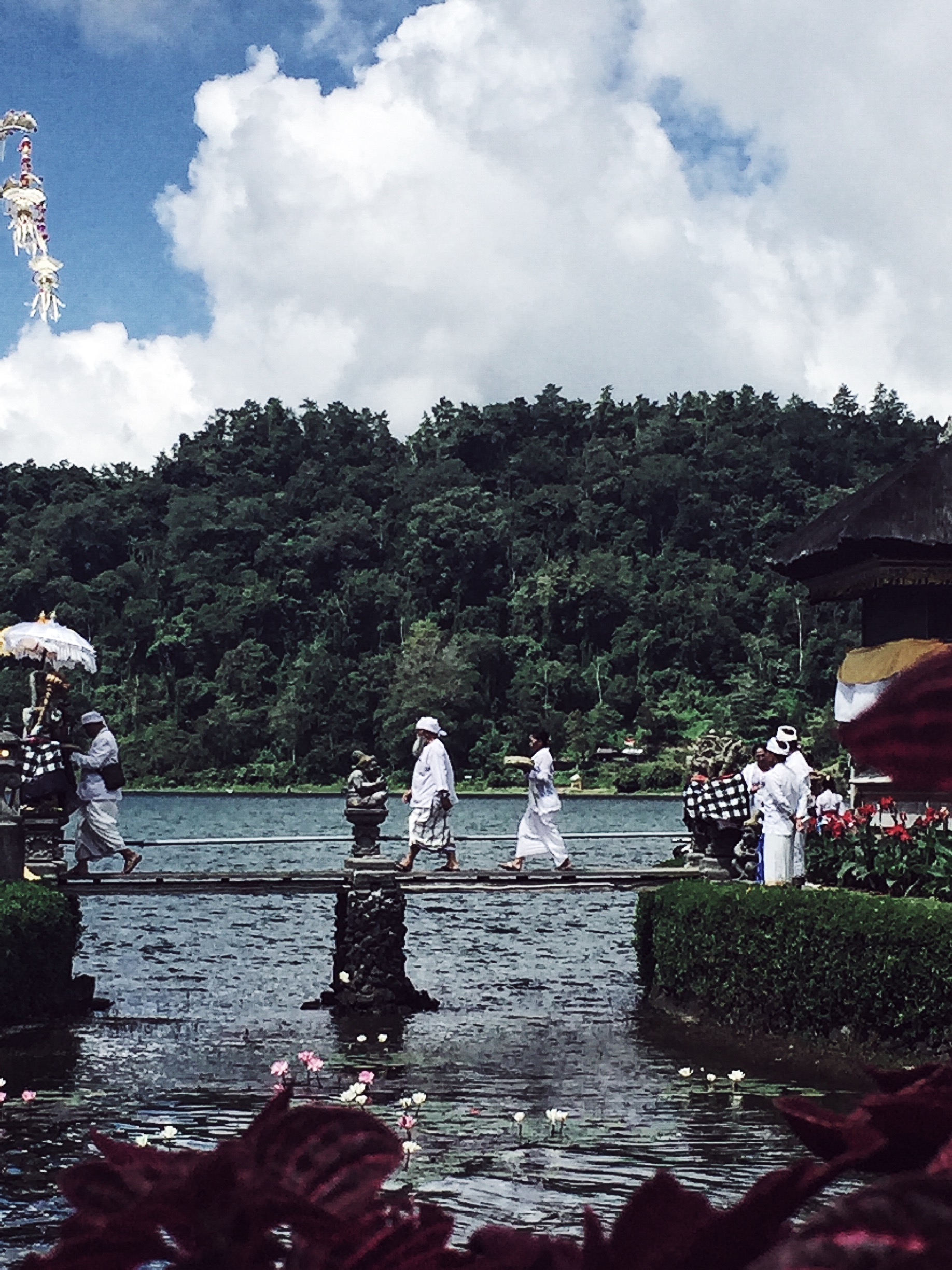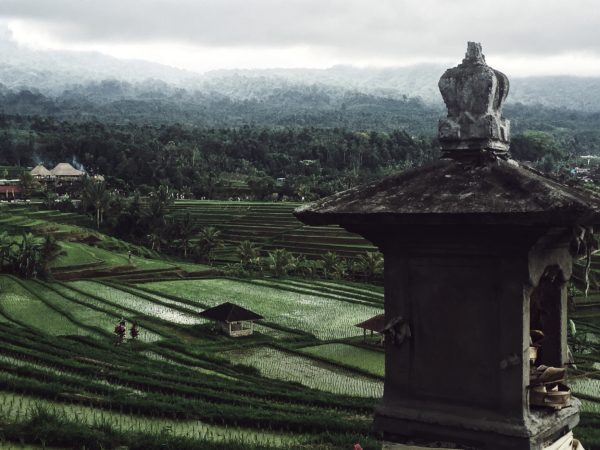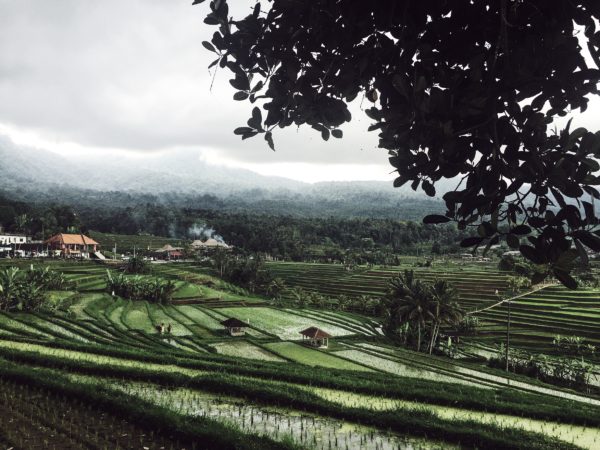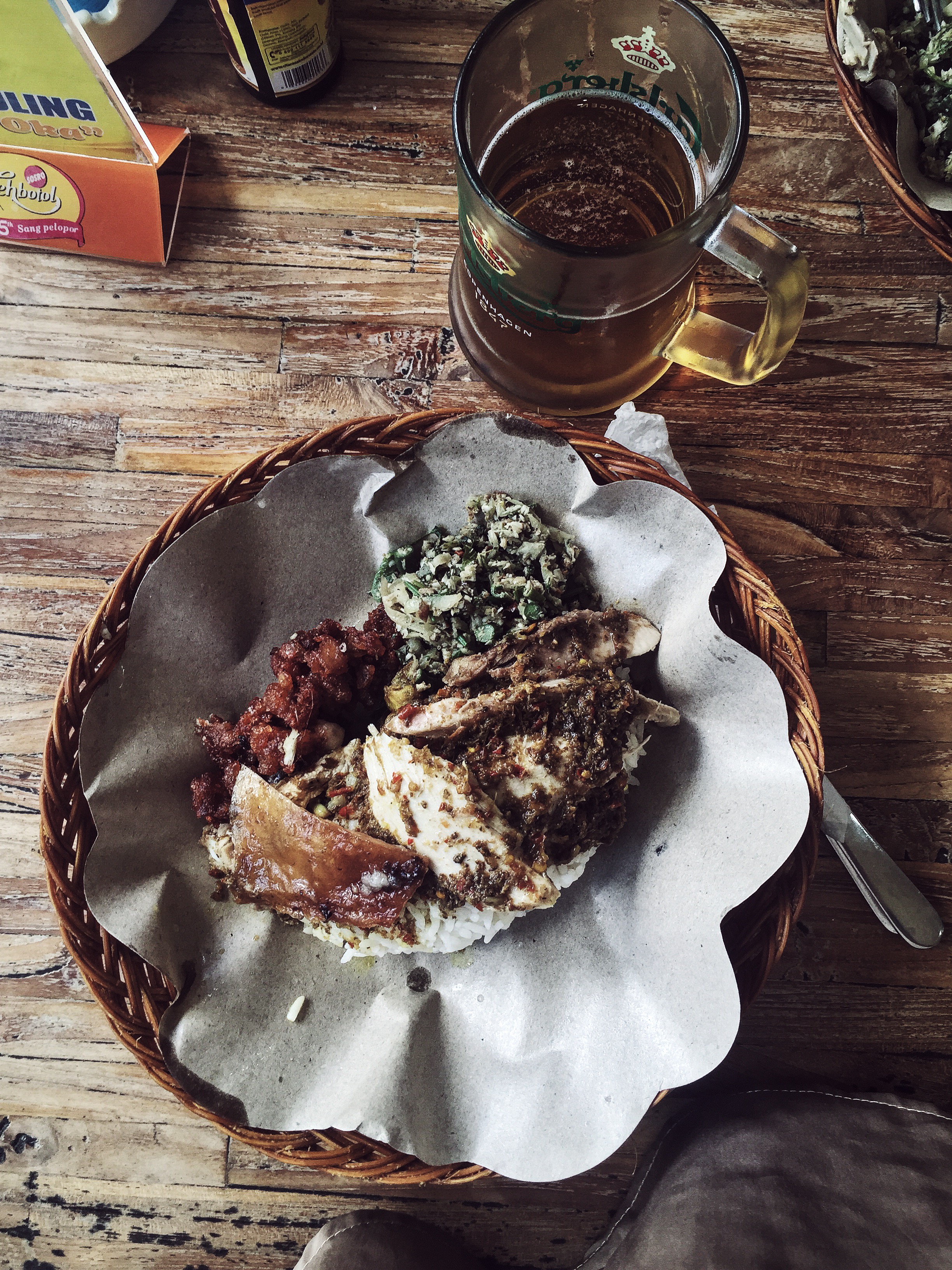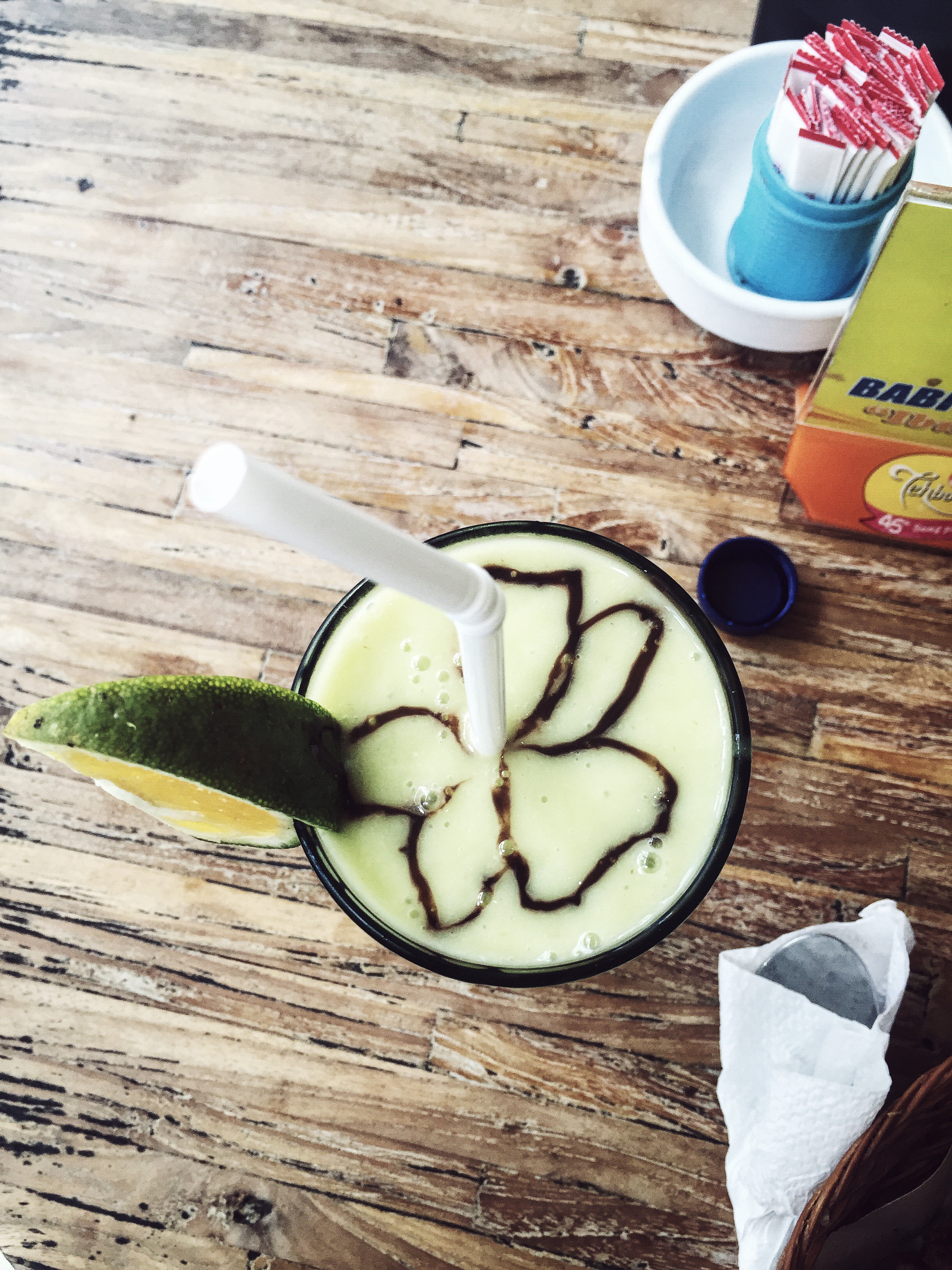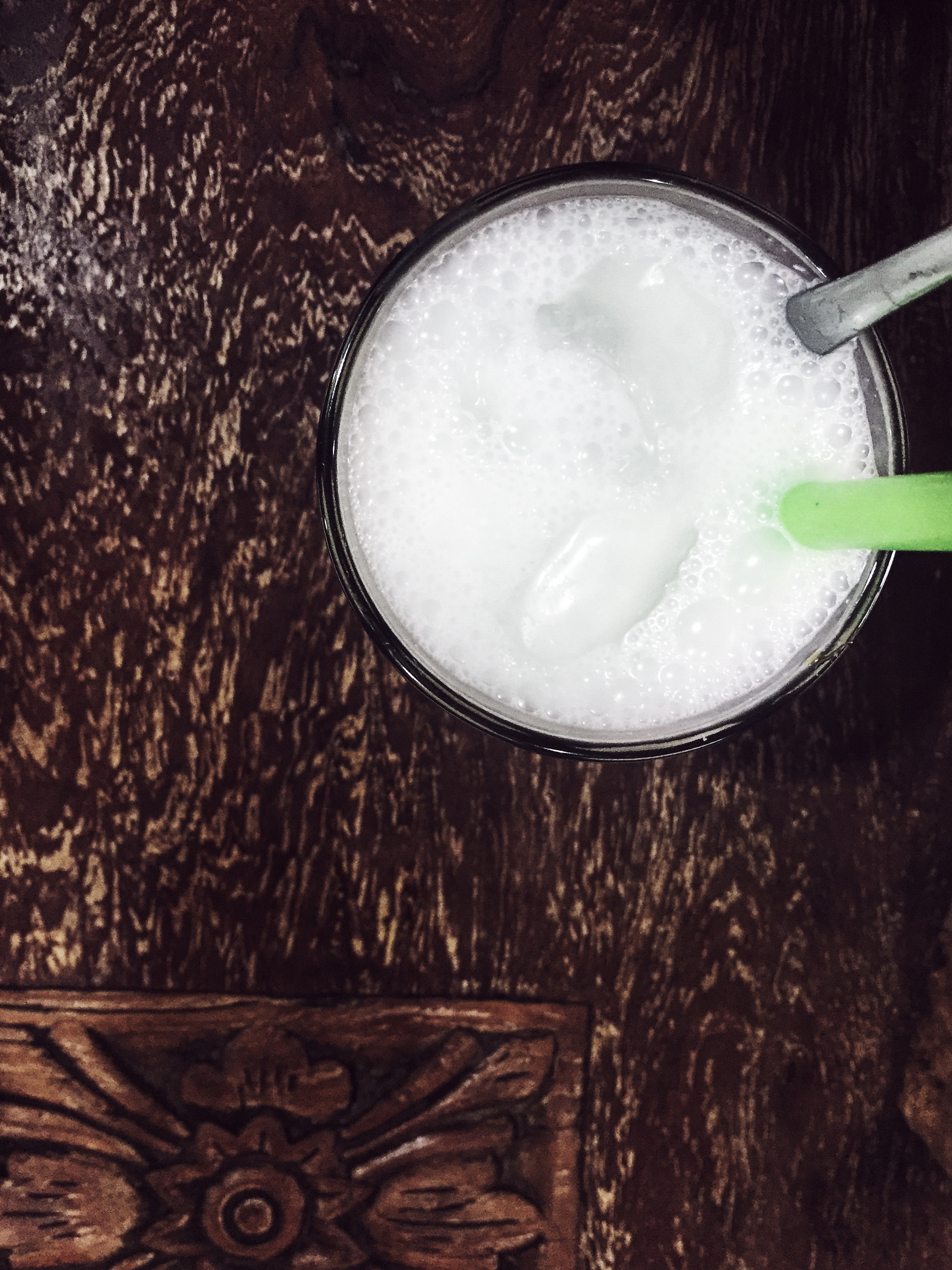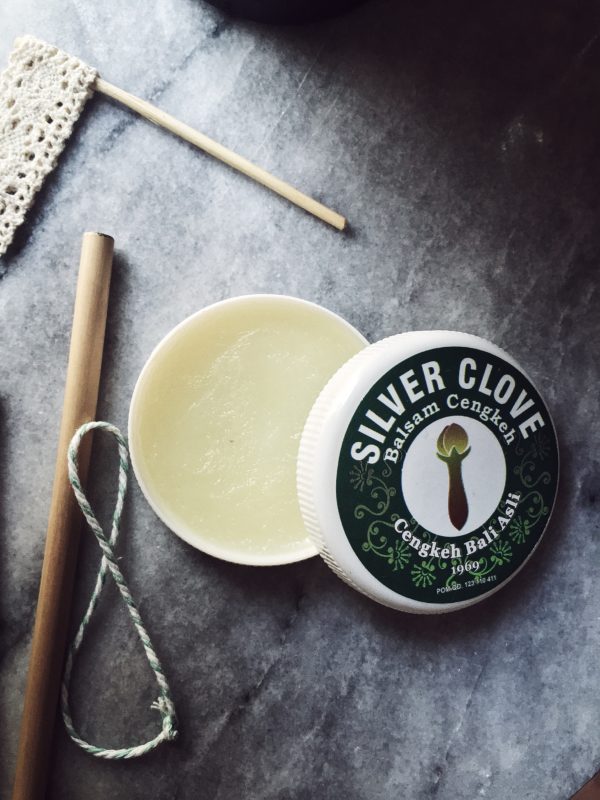Bali travel diary: the places I loved, the food I devoured and the things I learned.


hello, hello!
I’m back from a place where you can let go all your worries and survival instincts. Even if you are used to being aware of “others,” also if you’ve learned so many lessons about self-preservation, you could write a manual… you’ll capitulate, at some point.
Cause all you can do when you face them, is trust their intentions and confide in karma.
Candid faces will smile at you, even while working on the hardest tasks, even after some idiot tourist has disrespected them, or their culture.


At some point, their inner light will enclose you.
I’m back from Bali.
But, careful, all I wrote applies to Ubud, don’t even think of it when in Kuta or Seminyak (maybe partially…?).
the basics of our trip
- UBUD: our favorite place and the ideal start point for most of the excursions
- GILI AIR: an tiny Indonesia island with beautiful landscapes, but after 2pm don’t even think of swimming (coral reef)
- SEMINYAK: you can stay a night, maximum 2, it’s a sort of Rimini, noisy and busy. But the sea was beautiful.


hotels
UDUD: we stayed at http://inangubudvilla.com/, clean rooms, but 10-15 minutes by car or scooter (they rent) from the city center. Some Italians we met were very happy with ketut’s place, paid € 40 a night and very central.
GILI AIR: http://www.belairresort-giliair.com/, clean, but ask for a room far away from pigeons :-(. Basic, average breakfast, good location (near to all the cute seaside restaurants). NO to the in-house SPA, terrible massages, and in Bali it’s rare.
SEMINYAK: http://artemis-villa.com/, the best of the hotels we’ve had, central location, huge room with jacuzzi (which didn’t really work) and amazing breakfast.
how to get around
There is a lot of traffic, especially to and from Denpasar (airport). Remember that when booking transportation.
In Ubud and Seminyak we rented a scooter, but note that my husband drives scooters since he was 14, take one only if you are an experienced driver.



Gili Air is so small that you can visit it by feet or rent a bike.
For ferries and pick up from the hotel we relied on Pande: cell. +62 812 3994 4155, which organized everything with fair prices and trustworthy companies. He also offers tours in Italian (http://www.guidabalifaidate.com/).
Upon our arrival, we purchased a SIM card for 14 € to have internet and navigation. You’ll find plenty of offers at any phone shop.
what to see and do
- Batur volcano, beautiful, but only for the landscapes. To see it well you should do the trekking with a 2 am wake up.
- Tirtaempul: beautiful Hindu temple where you see people bathing in the springs for purification

- Tegalalang: rice terraces, not the most beautiful, but still suggestive and worth seeing
- Goa Gajah: where there are the elephant’s cave and a small Buddhist temple. Not the one that impressed us the most.
- Bedugul: temple on the lake. Beautiful landscapes on your way to get there. The temple is interesting, but many parts are closed to visitors.
- Munduk: waterfall in the middle of the jungle. You can very well skip it.
- Jatiluwih: the unmissable rice fields, a UNESCO heritage.
- Tanah Lot: this temple is South, near Seminyak. Worth a jump!
- Monkey Forest: it’s cute, interesting, but one of those things you visit if you have extra-time, if not, you can skip them.
- Visit of the market and cooking class (http://www.casalunabali.com/) I really enjoyed it!
what to pack
To enter the temples, you have to have knees and shoulders covered (but you can also rent a sarong to cover yourself up).
In Ubud the evening was chilly, take a sweatshirt.
It rains quite often, but it stops in a few minutes (we were there in August).
where to eat
In UBUD we made friends with the owner of the hotel who made us go where he would go:
- IBU OKA for the suckling pig – worth going to Bali just to eat this stuff! But go for lunch. For dinner, it is often closed, because when the pig is finished, it is finished. Also, everyone told us that the morning meal is better: crispier skin. We ate there twice! You’ll find it In front of the Royal Palace. Very easy to find.
- CAFE WAYAN for the betutu duck. Another delight. (book and say you want the duck, cause you might not find it)
- COCONUT SHOP for snacks and coconut water stops.
- ROOM FOR DESSERTS: this place has nothing to do with Bali but it is an unmissable dessert specialized restaurant. That night we had a very light dinner and enjoyed an out-of-this-world 9 dessert tasting experience.
In GILI AIR we consulted tripadvisor and went around with our rented bikes and discovered the following…
for lunch:
- MOWIE’s the best place to have lunch (you bring a book, you throw yourself on the deck chairs and eat there – a perfect day at the beach);
- SHARK BITES -excellent sandwiches and hamburgers.
For dinner, the only place I would recommend is CHILL OUT – fish on display and bbq on request.
In SEMINYAK I really enjoyed lunch at Fat Gajah, on the main street, specializing in ravioli and noodles.
massages
Massages are offered everywhere, and you pay € 5-10 for an hour and a half.
The best massage we had was in Seminyak in a kitsch place but with very good professionals. Prices were higher, but always half what we pay in Rome.
In Ubud, we had a great experience too: at Fresh (oh that hair oil treatment and massage!).
things I’ve learned about Bali
Here I’m going into detail on what I saw, learned and savored in this amazing trip. You’ll find culture bites, nice things to know and, mostly what I found interesting to know and wished I knew better before arriving there. If you don’t like spolering your trip, have this guide at hand and read it while you’re there ;-).
temples
- Barong is the king of spirits, representing the good, in opposition to a witch Rangda, representing the evil. Once again, in mankind history, women are given the hardest task…
- The black and white sarongs you see everywhere in Bali represent the good and the evil (dharma & adharma), always present, separated, together, or mixed into gray shades…
- You cannot enter a temple if you have your period (or are bleeding for any other reason), or you are pregnant (given birth within 6 weeks). More rules in this infographic.
- Temples are actually fun places to be. There are 3 sections:
- The holy, meditating & praying section.
- The facilities section (with kitchens too! cause sometimes, to celebrate, you must cook & share).
- And the fun section, where entertaining activities (like acting and dancing performances) take place.
- Religious festivals are very often accompanied by animal sacrifices. This made me think a lot, about vegetarianism, flexitarianism, plant based-ism etc. Maybe we could let go of many guilty feelings if we faced our carnivore nature the way Balinese people do. When you kill an animal, you must be conscious it is a sacrifice. A living being giving its life to nurture you. No games, no wasting, no absently eating an anonymous piece of meat, no paying-1-euro (dollar) expectations.
rice terraces
Rice terraces in Bali are amazing: surreal landscapes and, as always, smiling faces at (hard) work. We visited both Tegalalang and Jatiluwih (easier to walk through), but I can’t say which one is better.
I also learned a few things about rice cultivation in Bali:
- The white rice cycle is generally about three months long.
- The black or red rice cycle is longer: about 7 months.
- Black and red rice need mountain climate, while white rice is ok with lowland.
- Daily, an Indonesian eats up to 500 gr (17 oz) of rice.
- Although it has these beautiful terraces, Indonesia needs to import rice, mostly from Vietnam.
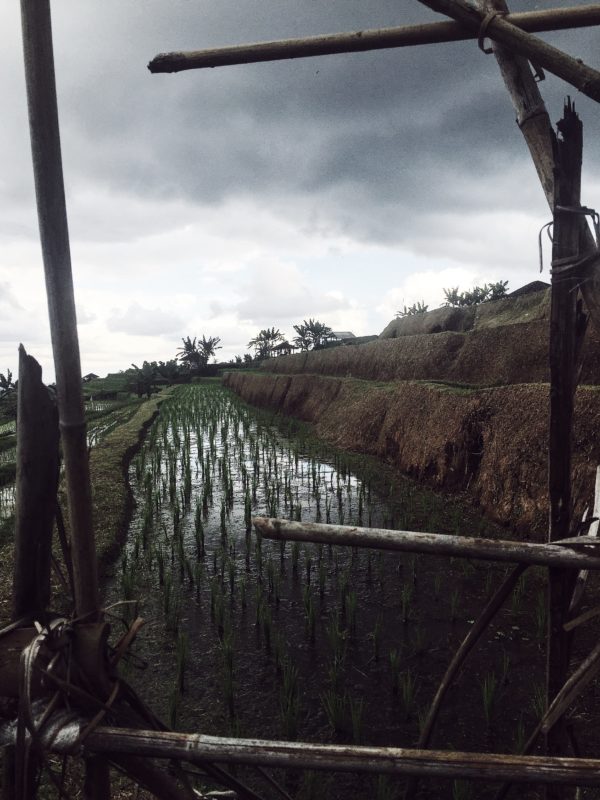

- When people get married in Bali, they receive huge amounts of rice as wedding gifts; so much, they can sell it and make a little fortune.
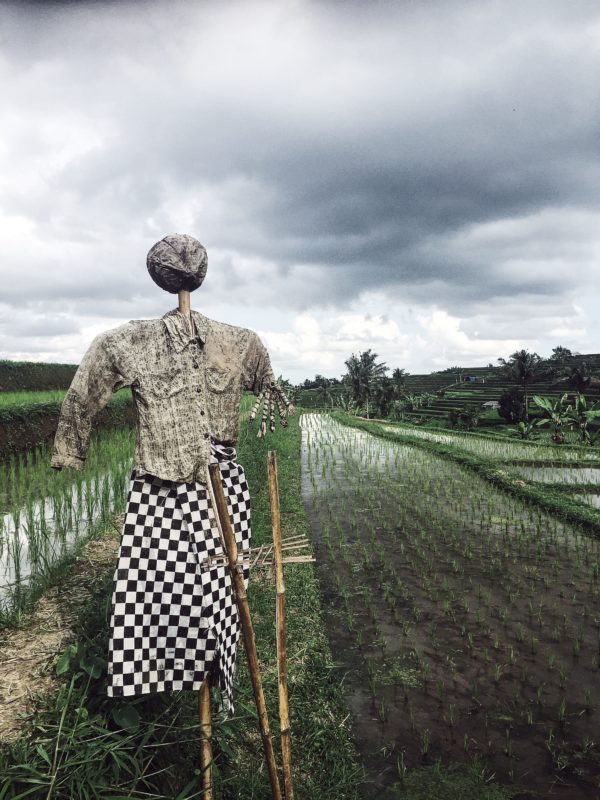

life in Bali
Info collected during my Bali encounters:
- 30% of the family income is employed in offerings. You’ll see them everywhere: outside shops, on our motorbike (:-)), on the side of the street, laid over everyday objects, and in temples, of course. They have the power to rise a smile in your face, when you notice one.
- Mini temples are present in every home (dedicated to passed parents or family).
- Balinese are also masters of massages. Fresh ingredients based oils and creams that, alone, will make you wonder if you should stay… forever.
- Pregnant women have no access to the kitchen: to prevent greedy instincts of spicy eating (no good for the baby).
- Cooking starts very early in the morning and ends around 11 am. What is cooked is cooked, anyone hungry can serve him/herself, at any time during the day. There are no set meal times.


- Families are huge: a woman marries a man and moves to his parents’ house, and so on. Only the last born has no obligation to stay at his parent’s house and can move around. More culture bites here.
- You need a motorbike, traffic is intense. I live in Rome, and I know the meaning of intense traffic, but this is worst, 10 times.
- When moving around the town, you’ll notice dogs, hens and even monkeys. They symbiotically live the streets, free to go around and say hi to passers.


- Seminyak (and for what I hear Kuta too) is colonized: why do they have all those Polo Ralph Lauren shops? Prices are shown in $, everywhere, do I explain myself? But the beaches are amazing.


bali culinary adventures
- Just like in Thailand we had the 1-massage-each-day rule, in Bali I had the 1-young-coconut-each-day rule.
- When in Ubud, one night we ordered wrongly and got about 5 mini dishes, no rice and kind of empty bellies. So we jumped on our scooter and headed to Room 4 Desserts, to sumptuously finish our night with a 9 course dessert tasting experience. If you go to Ubud, don’t you dare missing it.
- Putu, our lovely hotel owner, told us where to have the best Balinese duck (Bebek Betutu at Cafè Wayan)… guess we will be forever grateful.
- After A. Bourdain‘s advice, we couldn’t miss it, so we went twice. You may be tired of hearing this, but don’t you dare missing Ibu Oka (go for lunch, the pig skin is still crunchy and you’ll be sure it’s open, cause when the pig is over, its over, and the restaurant closes).
- We tried fried earthworms: tasted like fries.
- Luca had the guts to drink Luwak coffee. I don’t drink coffee, so don’t even ask.
- Following up to the everyday-coconut rule, I ended up twice in a lovely place: the Coconut Shop… and fancy shopped too :-).
culinary learnings:
- At my Casaluna cooking class I learned to infuse my oil (they go for coconut, I go for olive) with grated turmeric: smart healthy hack 😇.
- We love barracuda, while blue fish is kind of useless, but, for a sand bbq, everything tastes great.
- Candlenuts are thickeners, just like cornstach, they’re the ingredient that makes curry creamy and thick.
- Add nutmeg to your recipes to make meat tender.
- Add nutmeg to your night herbal tea, it will help your sleep.
- Soak 6-7 cloves and a handful of rice in water for a few hours, blend and use the lotion to better rheumatism pain.
look what I found
In Bali, I found the silver clove balm, mainly made of cloves extract. It says to relieve headache, stiffness of neck and shoulders, insect bites and confusion (mental?). However, what captured my attention is the anti-seasickness property.
Believe me I seriously suffer from seasickness. Sometimes, when the sea is rough, I must leave after a short period of wave fun.
However, for the sake of discovering the wonders of our beautiful planet, I have to take boat rides, now and then. This time, on my way to Gili Air, I had clove balm. Does it work? I fell asleep and woke up upon arrival, just like a peaceful, perfectly at ease, baby.
There’s another medicine-free, who-knows-how-they-found-out, remedy: a sheet of newspaper, folded and placed on your tummy, directly on your skin. {don’t wear white clothes}. It helps any motion sickness. Sounds absurd, works perfectly. It’s a secret captured from a Venezuelan farmer, when I was a carsick toddler (yes, also that :-)).
I hope my Bali travel diary was useful, now the only thing you have to do is…. enjoy Bali!
Claudia






